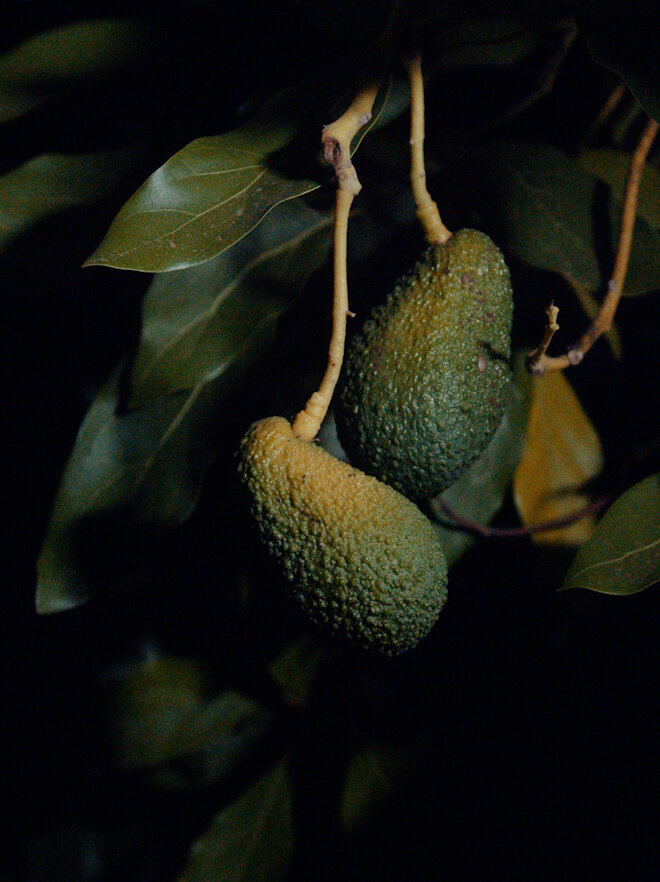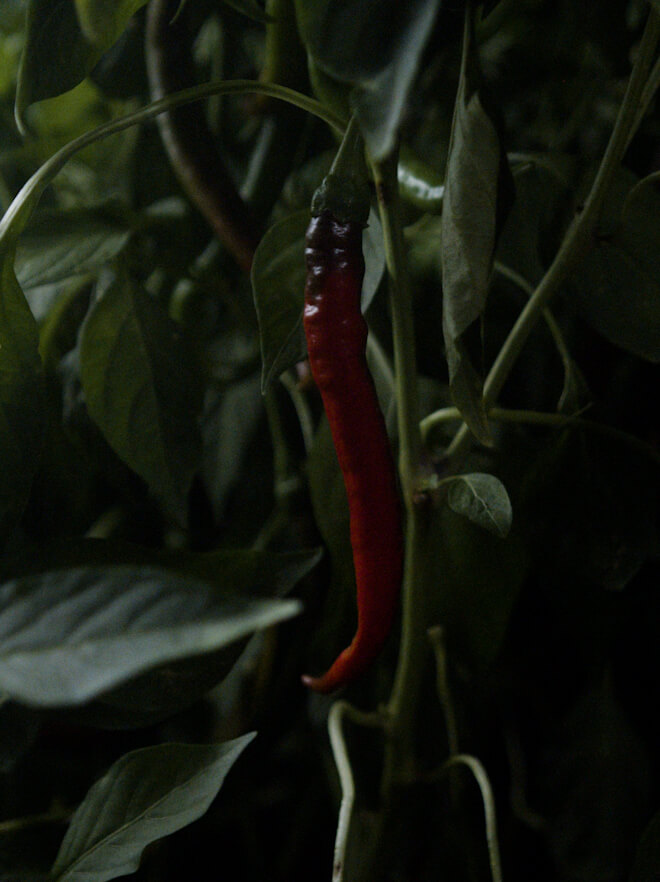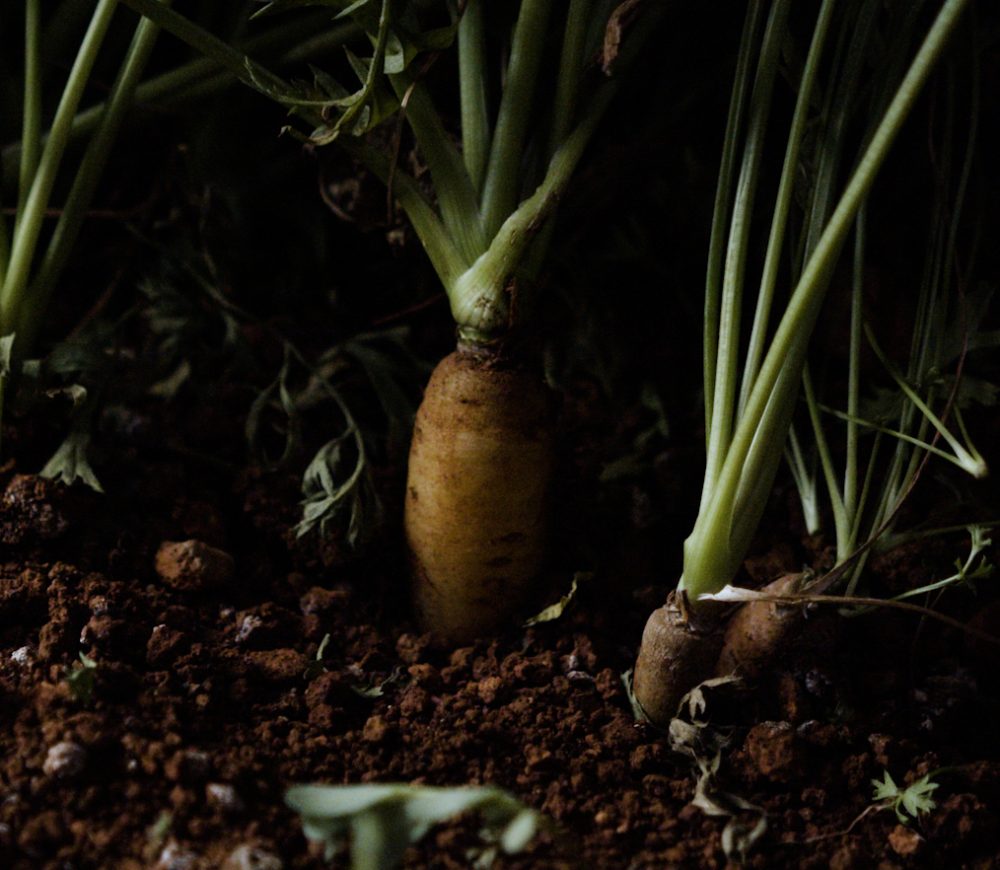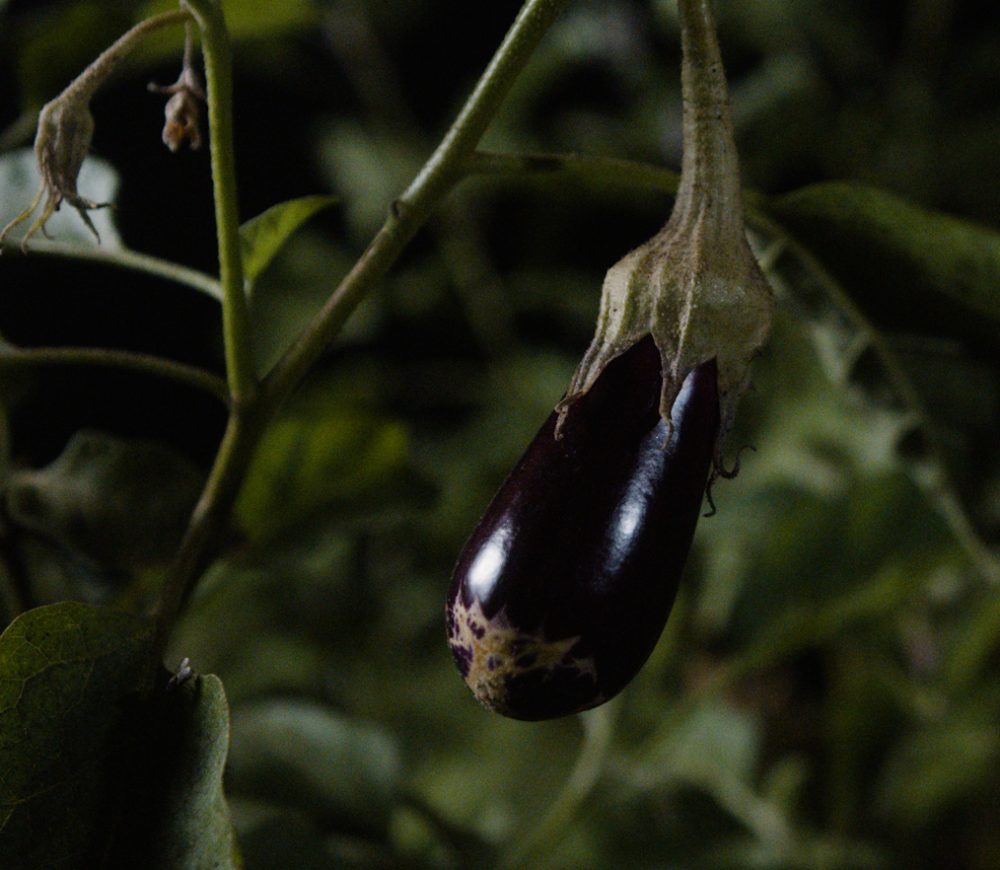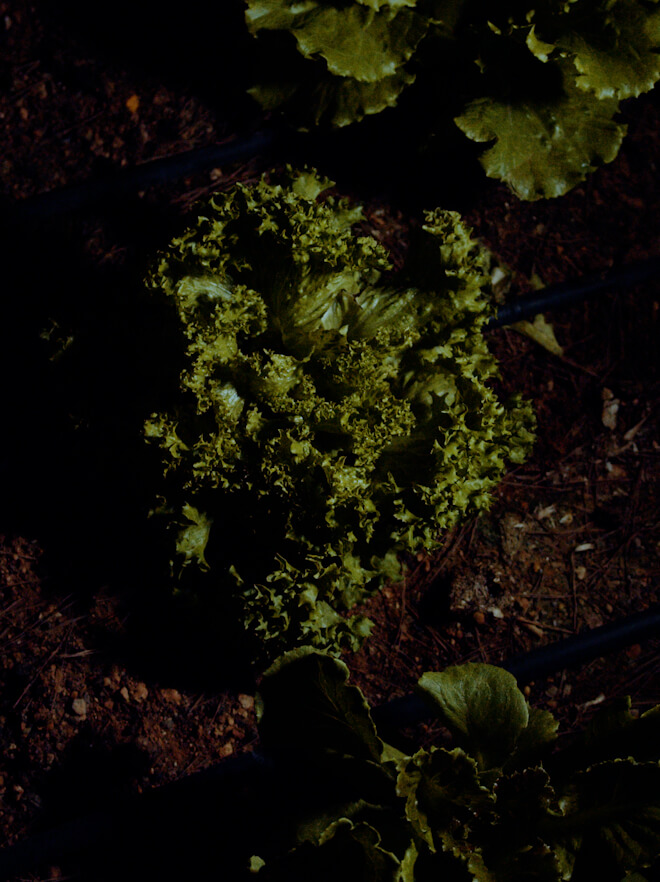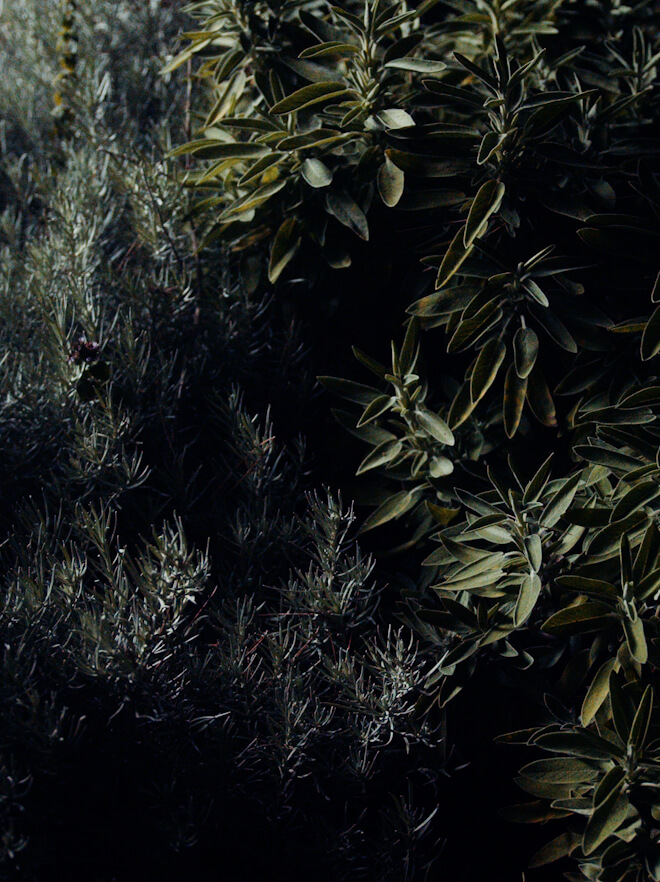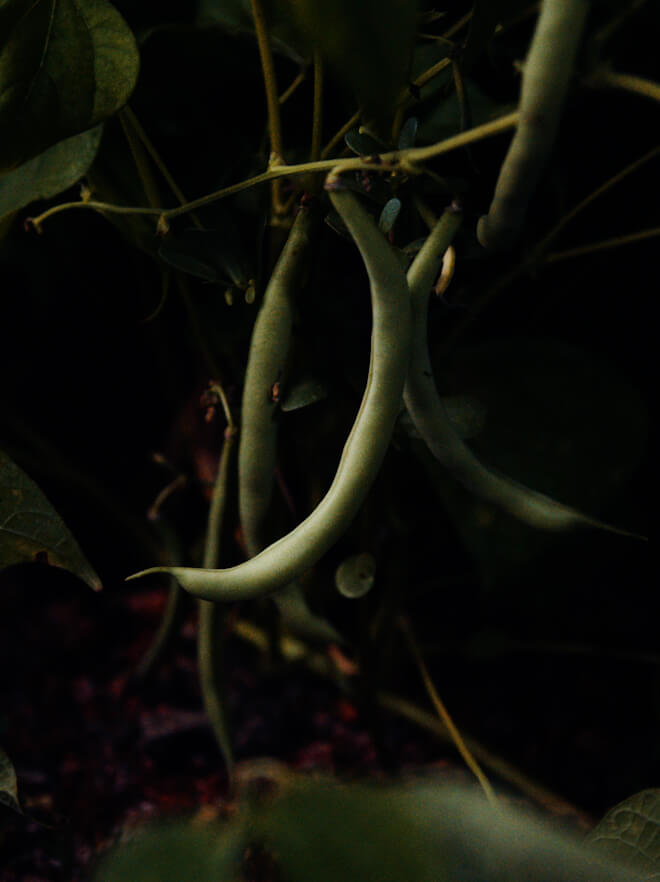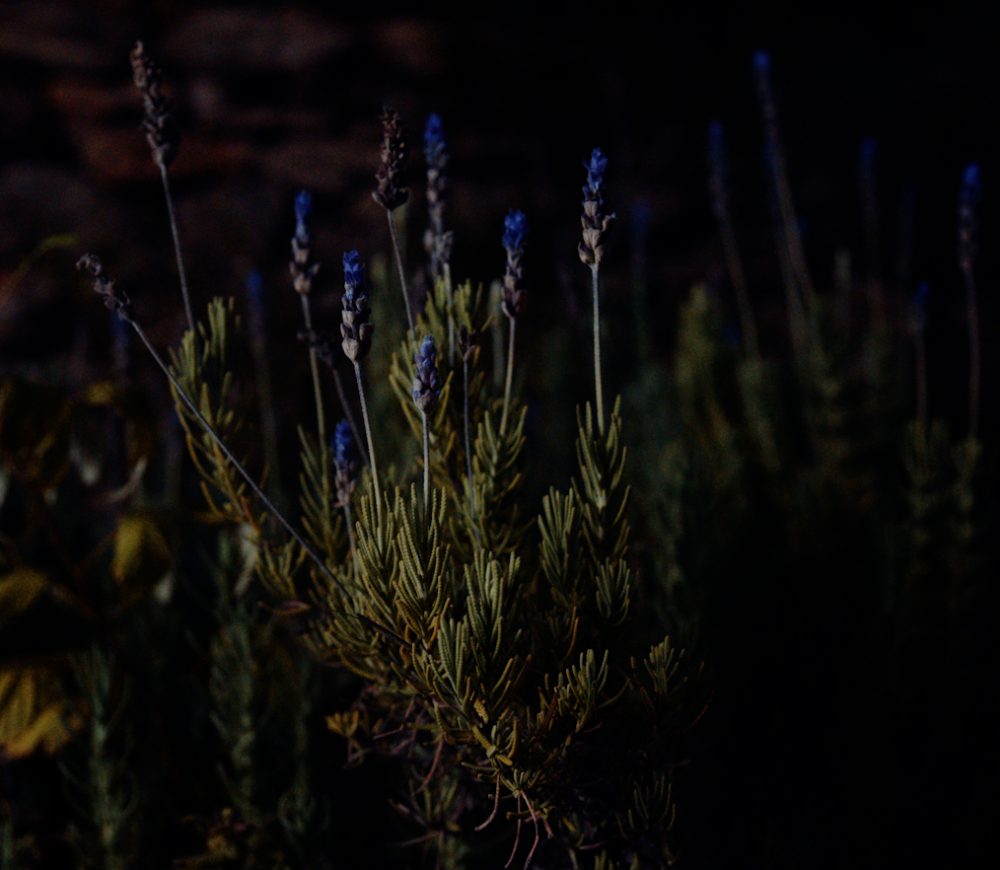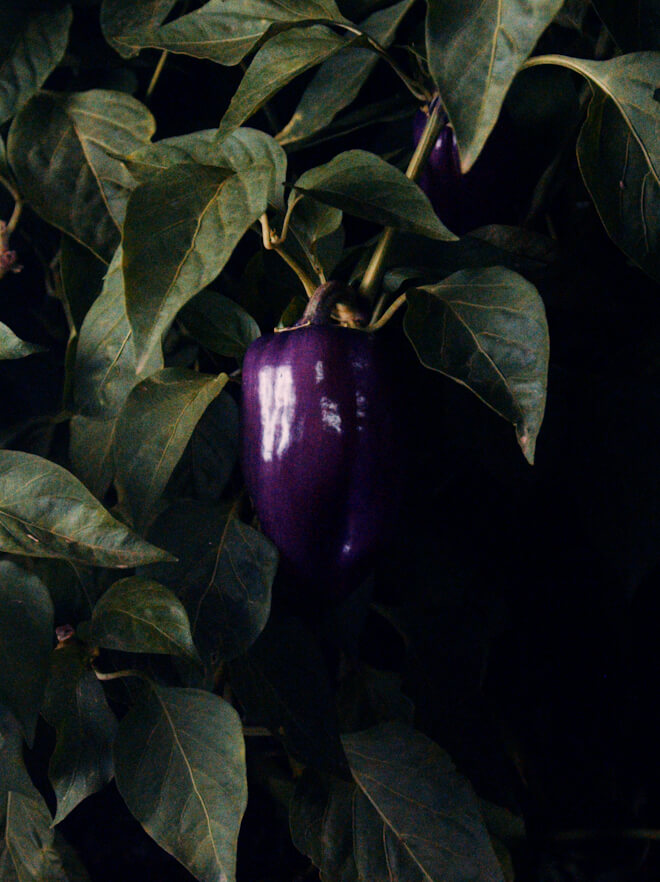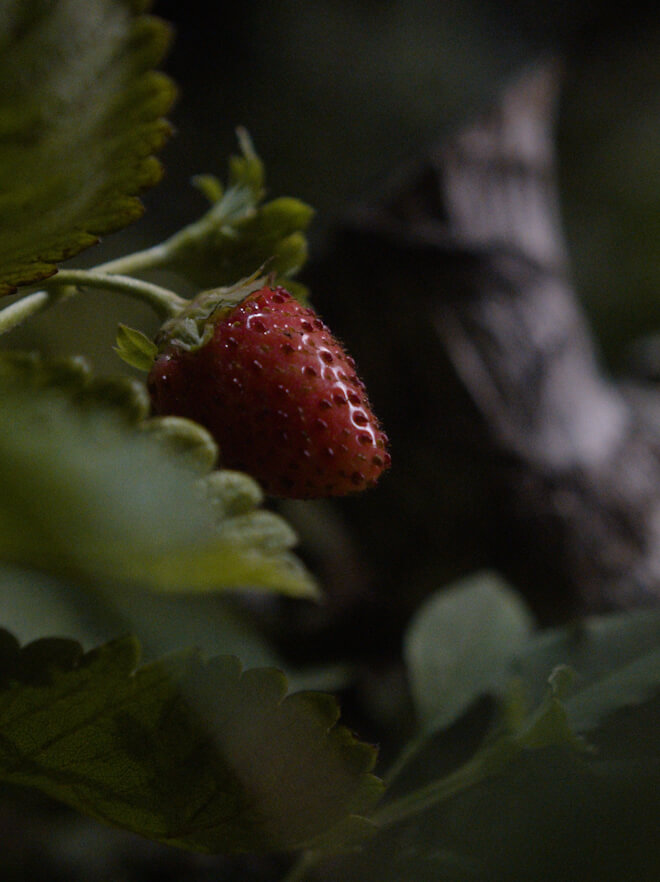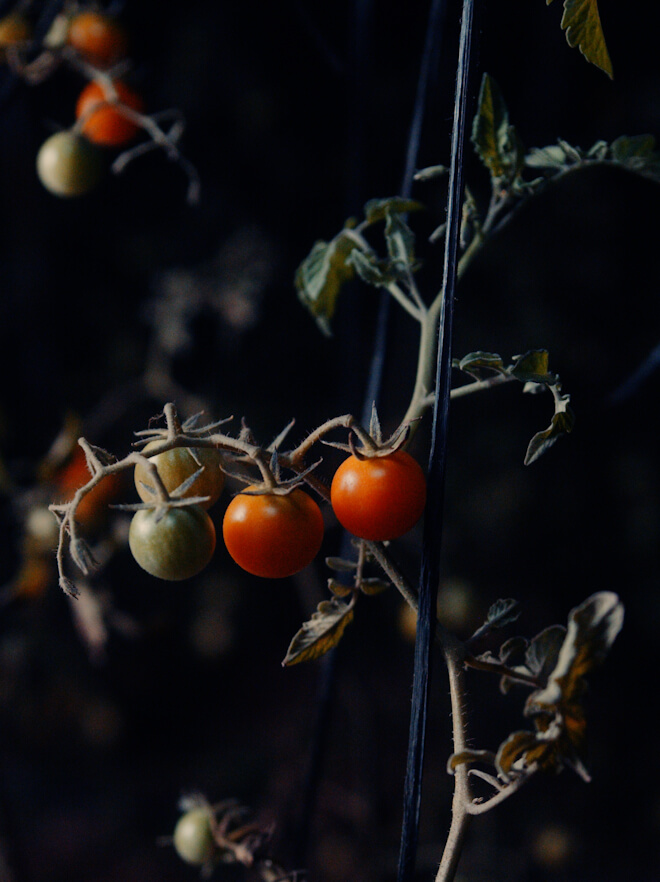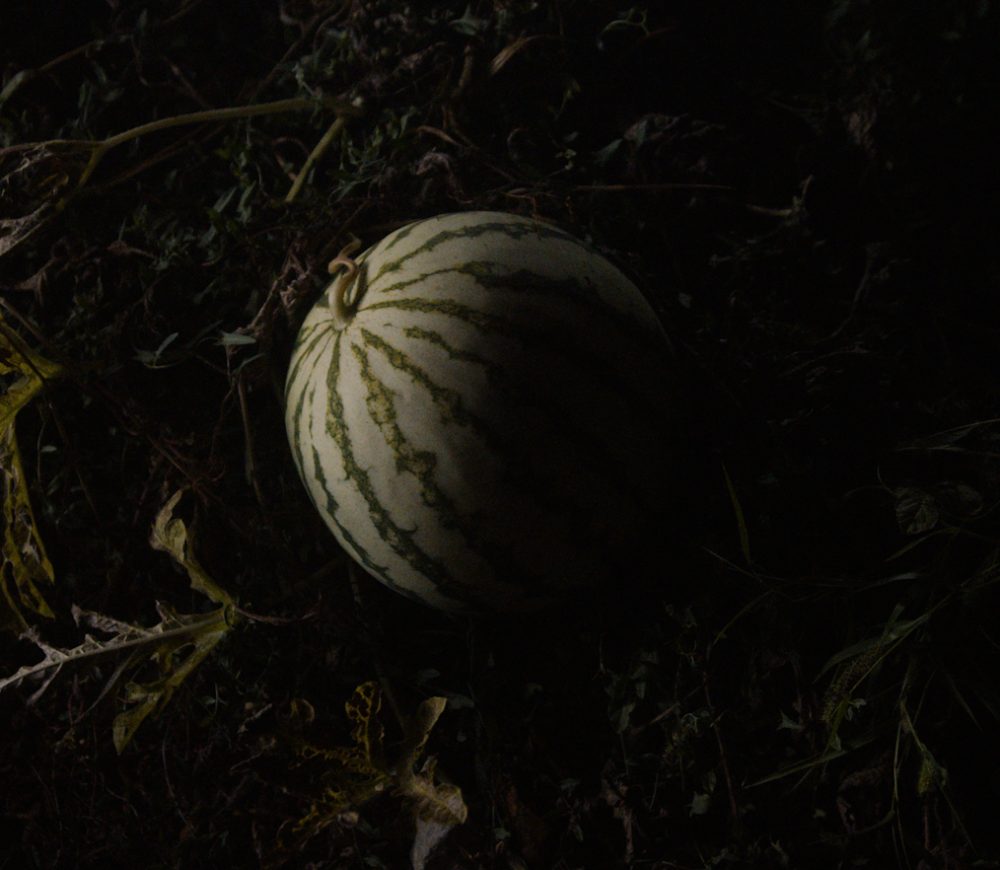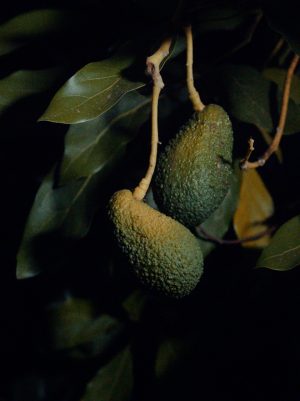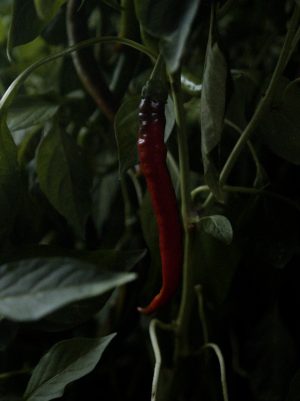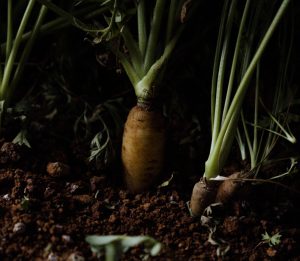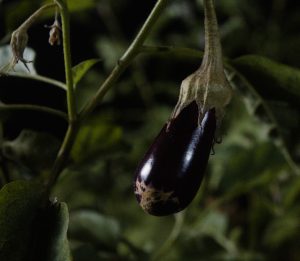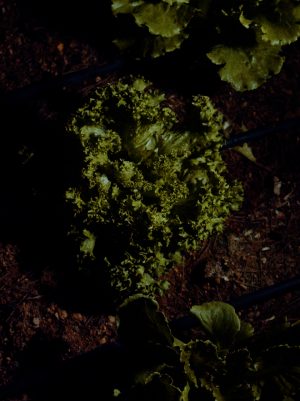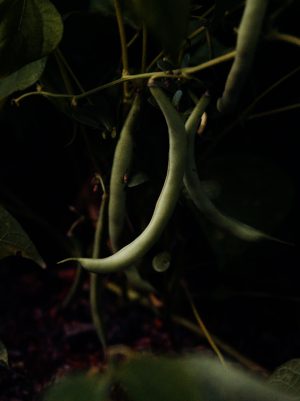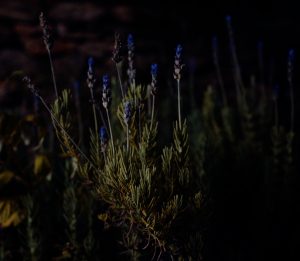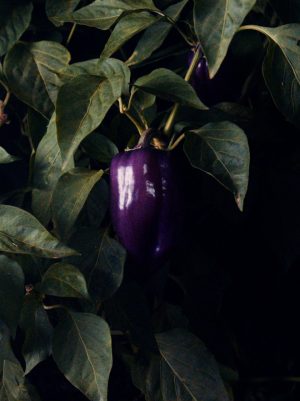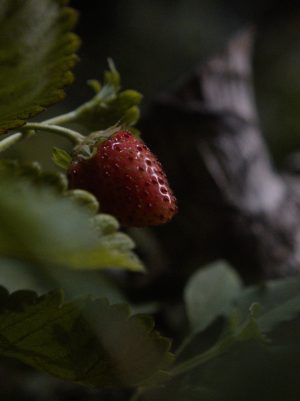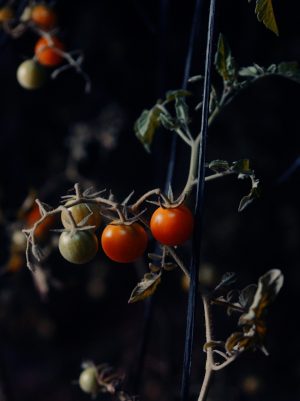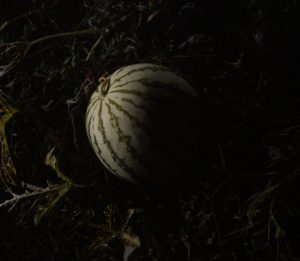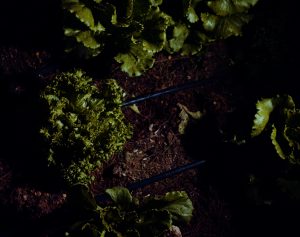
Greens
Of all the plants on the farm, none are seeded and harvested more often than the vast and colorful variety of microgreens, which are grown in a tempered-glass greenhouse to protect them from the intense Ibizan summer heat. “They're super energetic as far as their nutrients, because they're such babies… they’re so alive,“ says farmer Andy, who oversees the cultivation of around 10 different varieties of young vegetable greens, from a radish microgreen called Red Rambo to amaranth, beets, chard, spicy mustard greens and kale, all of which are rich in potassium, iron, zinc, magnesium, copper and antioxidant plant compounds.
The fresher-than-fresh microgreens are seeded twice a week and harvested daily. “It's years and years of practice, and you start to understand the certain depth that the seed needs,” says Andy. “Watering is so important in a greenhouse, because if you overwater, you create fungus and disease and you actually have a dying off of the seedlings. The turnaround for them is so quick that our kitchen has something beautiful and fresh and tasty to garnish the plates with every single day.”
“It's my favorite, the greens. I love them,” says Oscar, who started working on the farm at La Granja in early 2020. He can often be heard in the early morning hours singing songs from his native Guadalajara as he waters the microgreens.
“I always sing around the farm, because this is the first time that I'm feeling like I have a purpose," said Oscar. "My soul, my body, everything. This is my home. Just before starting here, I was doing many kinds of work and I‘d say, ‘I can do this. I can do this.’ But right now I say, ‘I'm a farmer.’ Well, I'm not quite yet, but I'm getting there.”




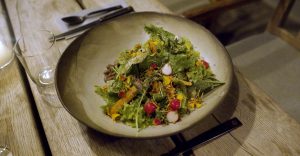
Avocado
- Originated in south-central Mexico
- May help to ward off cancer and inflammation and assist digestion and heart health
- Harvested from late spring to early fall
- 4-7 years seed to harvest
Chili
- Originated in Mexico
- May help promote weight loss and relieve pain
- Grown in summer
- 60-95 days seed to harvest
Carrot
- Originated in Persia
- Improves health of eyes, skin, hair, growth, and immune system
- Grown year round
- 60-80 days seed to harvest
Eggplant
- Originated in southern Asia
- Strengthens bones, reduces symptoms of anemia, improves cognition and cardiovascular health, protects the digestive system
- Grown in summer
- 100-150 days seed to harvest
Greens
- A great source of beneficial plant compounds like antioxidants and polyphenols
- Strengthens heart health, lowers risk for numerous chronic diseases
- Grown year round
- 2-3 weeks seed to harvest
Herbs
- Rich with unique antioxidants, organic compounds, essential oils, vitamins and phytosterols
- Antiseptic and anti-inflammatory properties
- Thought to strengthen immunity and reduce risk of various diseases
Green Bean
- Originated in Peru
- Contains vitamins A, C, K, folic acid and fiber
- Supports brain health, repairs cell damage and strengthens bones
- Grown in summer
- 50-55 days seed to harvest
Lavender
- Originated in the Mediterranean and Middle East
- Antiseptic, anti-inflammatory, can help heal minor burns and insect bites
- Grown in summer
- 14-21 days from seed to harvest
Pepper
- Originated in the Americas
- Improves eye health and reduces risk of cancer, anemia and heart disease
- Grown late spring to early fall
- 60-90 days seed to harvest
Strawberry
- Originated in the Americas
- Contributes to skin and hair health, reduces the risk of cardiovascular disease and stroke
- Grown in spring
- 5 months to a year or more seed to harvest
Tomatoes
- Originated in the South American Andes
- Improves heart and skin health, may prevent cancer and other diseases
- Grown late spring to summer
- 60-80 days or more seed to harvest
Watermelon
- Originated in Africa
- Improves heart and eye health, lowers inflammation, assists with digestion and hydration
- Grown in summer
- 80 days seed to harvest
10317 Berlin, Germany
1100-383 Lisbon, Portugal
